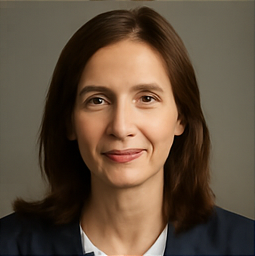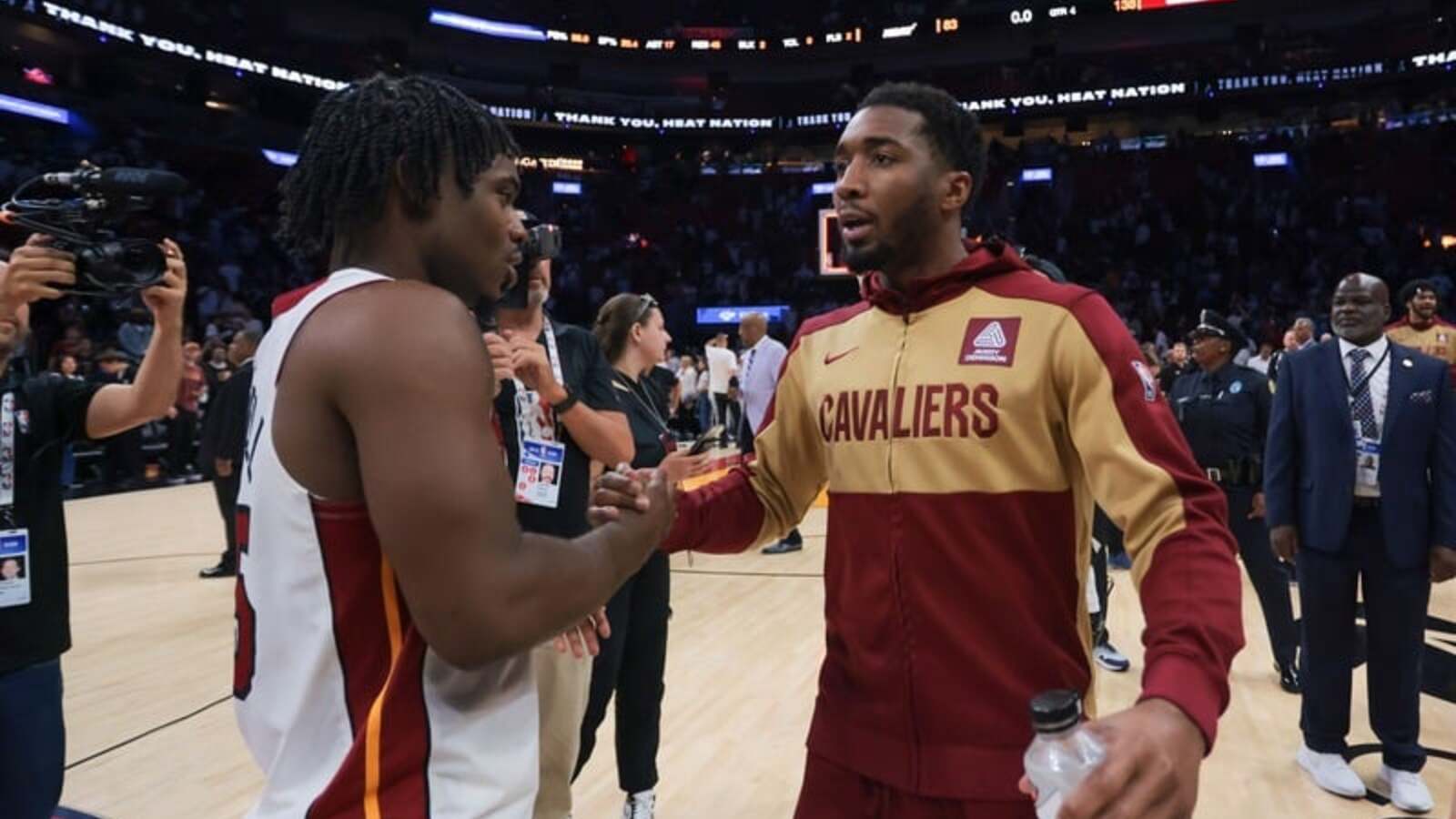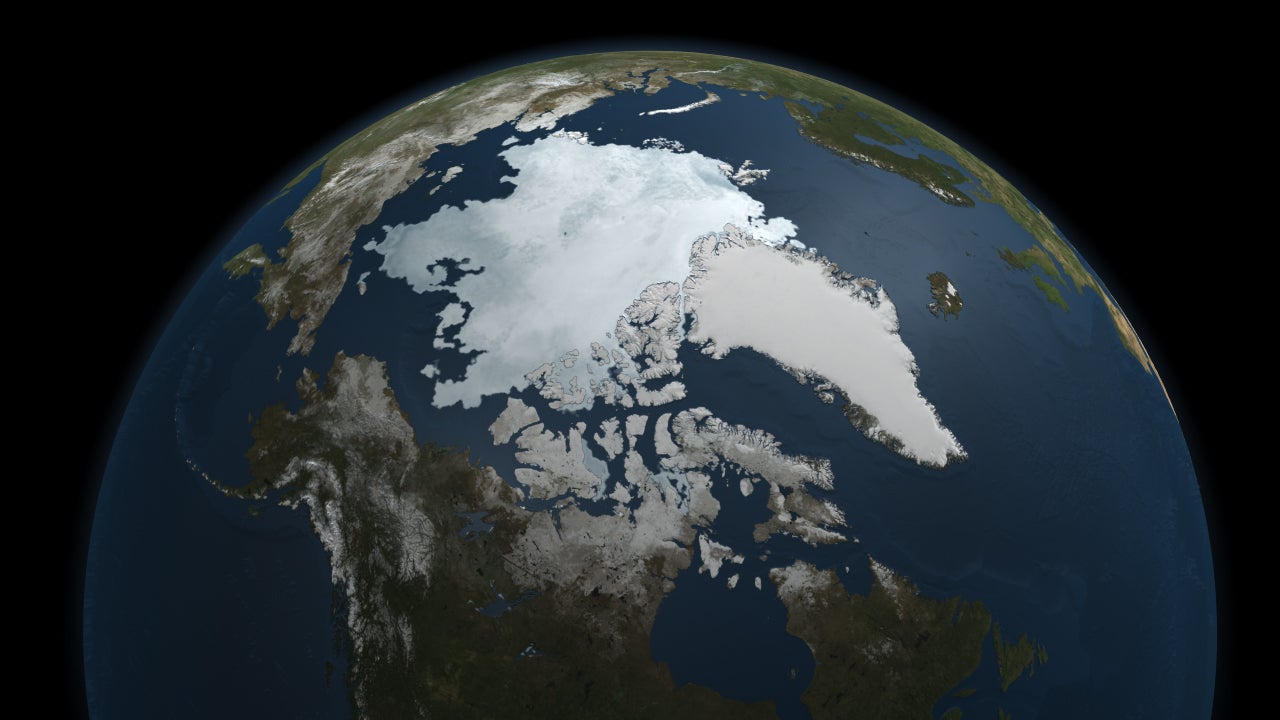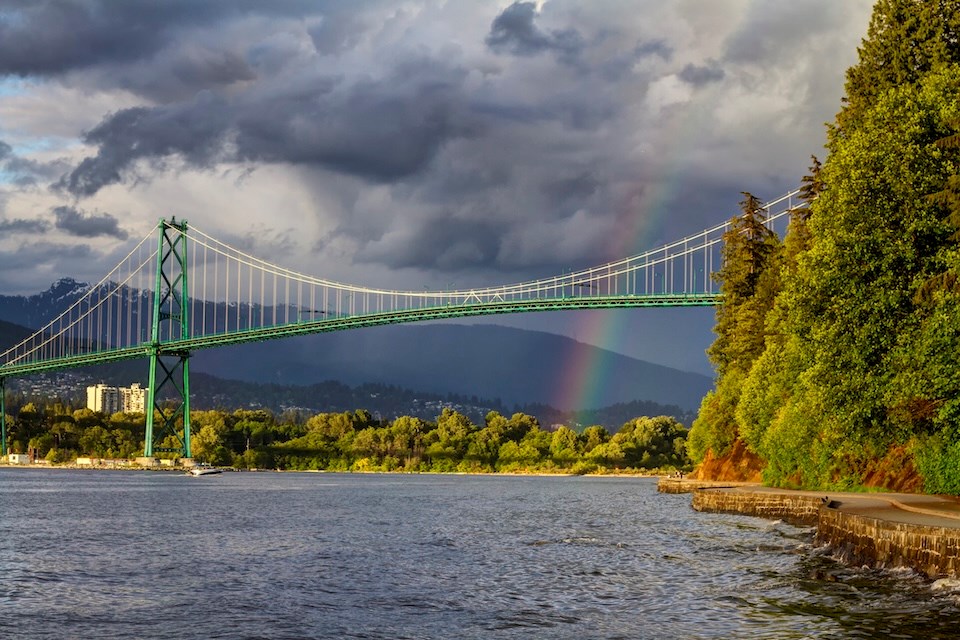The final result: Who won what in 2025 Canada federal election, and why

A campaign that began in uncertainty due to political turmoil and under the shadow of US President Donald Trump’s no-holds-barred attack on Canada’s sovereignty and economy, ended with a historic political upset, a humbled opposition, and a new leader at the top. Canada’s 2025 election was nothing short of a political and emotional roller coaster, and at the centre of it all stood Mark Carney, the soft-spoken economist-turned-prime minister whose steady leadership and calm tone helped the Liberals snatch victory.The Liberal party secured 169 seats, just three short of the majority mark in Canada’s 343-seat House of Commons. Pierre Poilievre’s Conservative party followed closely with 144 seats even though he himself lost his seat to a Liberal newbie, raising questions about the party's leadership.The Bloc Québécois won 22 seats and finished third in the election race. Led by Yves-François Blanchet, the Bloc ran a campaign centered on Quebec’s autonomy and cultural pride, but struggled to cut through a national narrative raising questions about its relevance. The New Democratic Party (NDP) dropped to just seven with leader Jagmeet Singh losing his riding, and the Green Party held onto a single seat. The election saw a record turnout with approximately 69% of registered voters casting ballots, which is the highest since 2015. It was a clear sign that Canadians felt the stakes were too high to sit this one out.Performance of the Liberal PartyThe leader of the Liberal Party, Mark Carney, who is a former central banker with no prior political experience, led his party to a fourth consecutive term in the 2025 federal election. In the House of Commons with 343 seats, the Liberals secured 169 seats, just three away from the majority. Carney’s campaign against the escalating global tension and Trump’s tariffs helped in resonating with the Canadians. His slogan “Canada Strong,” strengthened the desire for stability and tapped into national pride and the protection of the country’s sovereignty.Another Liberal candidate, Bruce Fanjoy, made news when he defeated the leader of the Conservative Party, Pierre Poilievre, in his long-held Carleton seat“We’ve seen too much chaos abroad. I want someone who can keep Canada steady,” said Nadia Ahmed, a 42-year-old teacher in Mississauga, who voted Liberal for the first time in her life.After winning the elections, his victory speech highlighted his commitment to negotiate with the US on our terms, signaling a more assertive stance in international relations.“President Trump is trying to break us so America can own us. That will never happen,” said Carney.Performance of the Conservative PartyConservative Party was predicted to win the elections when surveys were carried out in early 2025. But they suffered a significant setback, losing both the race for prime minister and their leader Pierre Poilievre losing his long-held Carleton seat to Liberal Bruce Fanjoy. Poilievre's campaign aligned closely with Trump-style populism, due to which it failed to gain support from the Canadians, as they rejected his divisive rhetoric. Despite the Conservatives achieving their best result since 2011 with 144 seats and 41% of the popular vote, Poilievre's defeat highlighted the electorate's desire for a more unifying leadership.Poilievre’s defeat in his riding raised questions about his leadership and choices both outside and inside his party.“To my fellow Conservatives, we have much to celebrate tonight. We’ve gained well over 20 seats,” Poilievre said while conceding defeat. “We are cognizant of the fact that we didn’t quite get over the finish line. Yet we know that change is needed, but change is hard to come by. It takes time.”Performance of the New Democratic Party and the Bloc QuébécoisThe 2025 election proved equally devastating and dramatic for two once-prominent voices in Canadian politics. Long a symbol of progressive ambition, NDP leader Jagmeet Singh lost his Burnaby Central seat and subsequently announced his resignation as the party ended the election with just seven seats nationwide, its worst performance in over a decade. The NDP lost its status as an official party as its share of the popular vote fell by nearly 12 percentage points.Under the blue-and-white banners of the Bloc, supporters watched in disbelief as the party lost a third of its seats, slipping from 35 to 22. Led by Yves-François Blanchet, the Bloc had championed Quebec’s autonomy and identity, but failed to resonate beyond its Montreal base. For both leaders, the night marked not only electoral defeat but a fading of political relevance.The Trump FactorThe US President was one of the most unexpected wildcards in the 2025 Canadian federal election but he wasn’t even on the ballot. Trump’s imposition of steep tariffs on Canadian steel, aluminum, and dairy, paired with threats about trade renegotiations and a return to protectionist policies, sparked fear and tension among Canadians. His rhetoric, suggesting that “Canada is better off aligning with American leadership” and his salvos stating the country should become the “51st US state,” backfired. Mark Carney seized the moment, framing the election as a choice between surrendering to foreign pressure or standing firm on Canadian sovereignty. His now-viral line, “Canada will never be part of America in any way, shape or form,” crystallized the emotional core of his campaign and influenced undecided voters.Canada now enters a period of political negotiations and alliance building, as no party secured a majority in the 343-seat House of Commons. Mark Carney will likely lead a minority government as the Liberals are just three short of the 172 needed for a majority government.With the record turnout and a more aware population, Canada voted for calm in a chaotic world with a clear message that in uncertain times, steady hands matter more than loud voices.



















